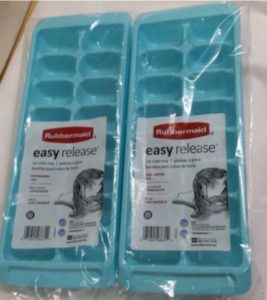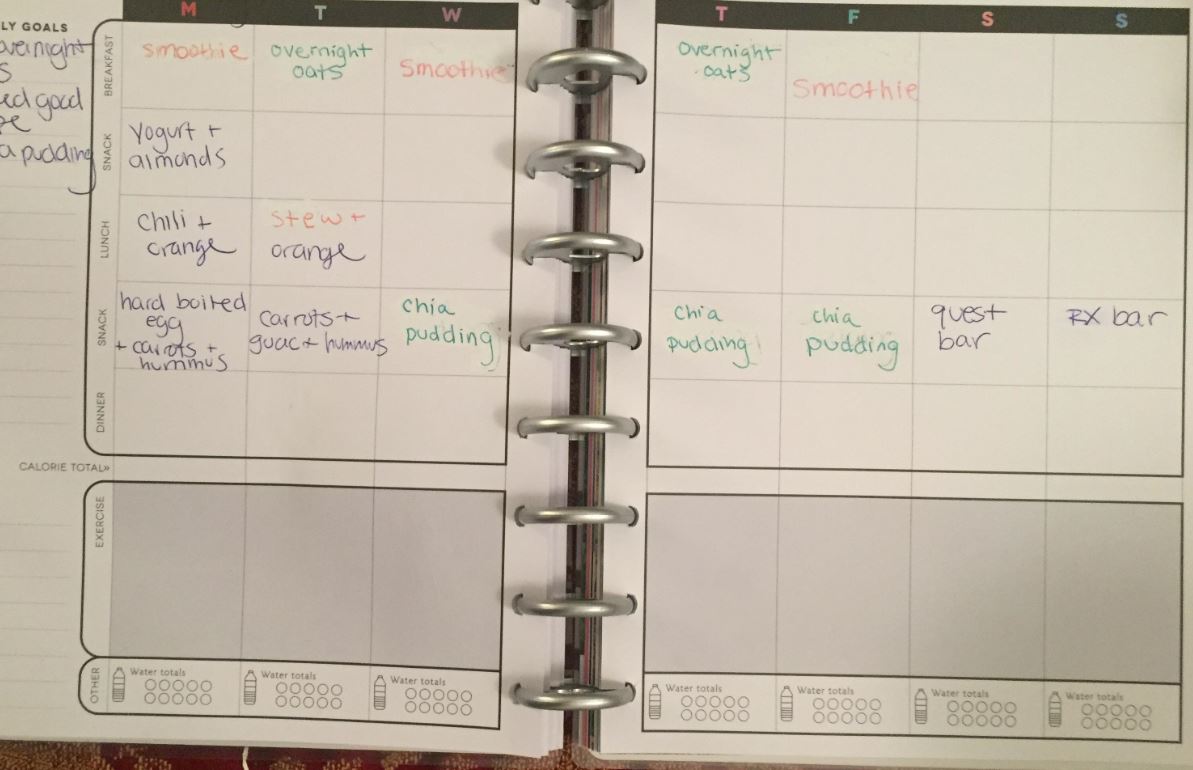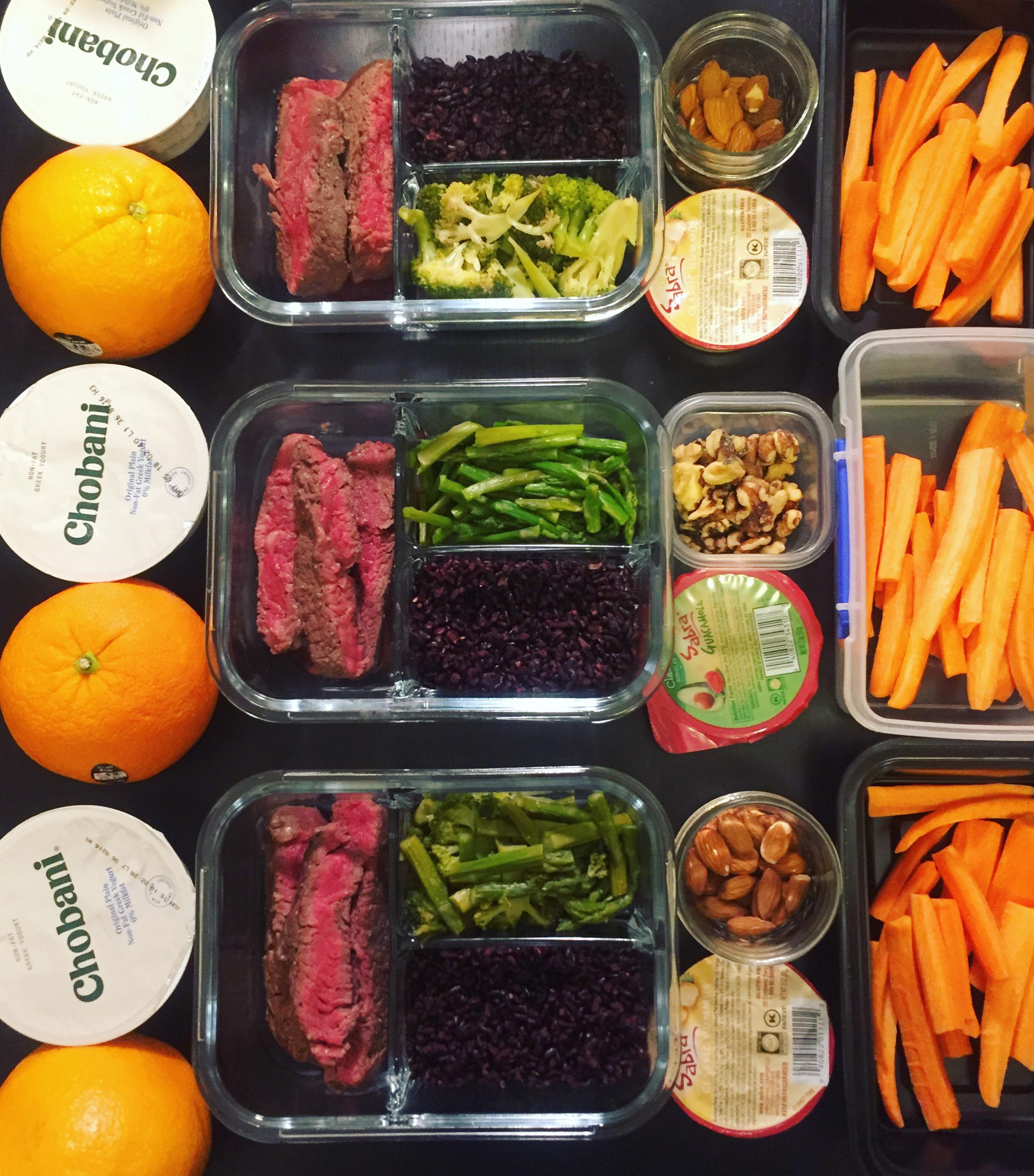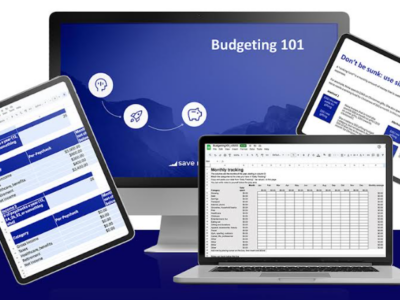I’m so honored to have my friend Alexandra Nasto guest blog for us in a 3-part post about healthy meal planning! Alexandra is #goals – I love learning from people who are successful at what they do. Find her on Instagram at @alexandramarie_tiu where she shares how she meal plans daily!
Part 1: How to Plan // Part 2: Cost Saving Tips // Part 3: Sample Menu
Here are some additional cost-saving tips to keep in mind when building your own weekly schedule!
- Prep fresh fruits and veggies and keep them in the freezer for smoothies, juices, and easy addition to soups and stews. I used to constantly end up throwing fresh produce out because it would go bad before I used it up, which is like throwing away money. I also buy a lot of Ezekiel bread because it’s healthy and a great option on busy weeks.
- Stock up on ice cube trays to freeze leftover sauces, soups, coconut water, almond milk, etc. – anything you bought that you may not use up that week! Once the cubes are frozen, you can transfer them to a zip lock bag if you need to use the trays for anything else
(Save My Cents tip: Buy kitchen supplies on Ebay (and shop through Ebates to get cash back)! Resellers often sell home goods at 50% off Homegoods prices. I found this set of 2 ice cube trays for $7 with no shipping cost)

- Store veggie scraps and meat bones in freezer bags as you cook each week. Throw them into your crockpot every once in a while, filling with water to make broth. Freeze in an ice cube tray and use for recipes instead of buying it!
- Protein: Protein is an important component of meals to keep yourself full, and I try to incorporate it at every meal to stay satisfied throughout the day and temptation to overspend on food. Meat is typically a primary source but may not be part of your diet or budget. It helps to stretch your budget by varying protein sources – yogurt, almonds, hummus, beans, and cheese are all good ways to mix it up. I also invest in protein powder to boost smoothies and baked goods.
- Fiber: I include fruit in at least two of my meals a day to keep myself full. I rely on the most calorically-dense during super budget-tight weeks, i.e. apples and bananas, but I keep other fruits like berries in the freezer for smoothies. I also add flax seeds to my green juice to make it more satisfying.
- Fat: Fats are another great source of calories and keep you feeling full, like avocado, coconut oil and nut butters. Look for these at overstock stores like Ocean State Job Lots or at HomeGoods! Add a tablespoon to smoothies for a super filling meal in the morning, even if you had no time to prep or buy groceries the day before.
In part 3, Alexandra shares a sample week’s worth of recipe and food ideas.
Get the most out of Save My Cents by joining my Facebook group
See daily inspiration on Instgram @savemycents





